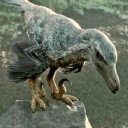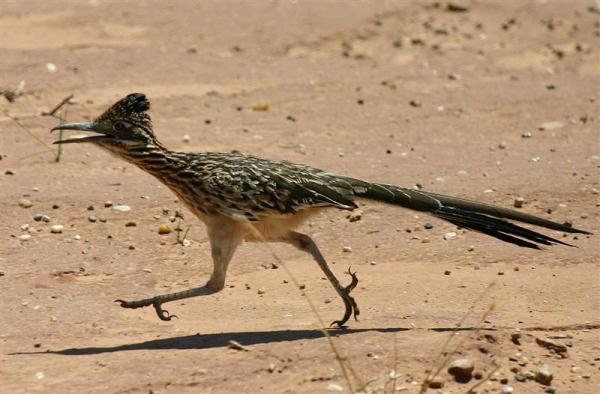nuttyrabbit asked:

myloverhammurabi answered:
Owls actually do have a rather extensive fossil record, though most fossil owls are restricted to North America and Europe (Kurochkin & Dyke, 2011). Fossil representatives of the modern genera Aegiolus, Asio, Athene, Bubo, Glaucidium, Grallistrix, Mascarenotus, Nyctea, Otus, Pulsatrix, Strix, Surnia, and Tyto are all known from as early as the Miocene (Kurochkin & Dyke, 2011).
The remainder of this post will examine the fossil record of owls in depth.
Early stem-owls
Ogygoptyngidae
- Ogygoptynx wetmorei (Palaeocene US)

Ogygoptnyx wetmorei (Src: Stanton Fink)
Sophiornithidae
- Berruornis
orbisantiqui, B.
halbedeli (Palaeocene Germany, France)
- Palaeobyas cracrafti (Eo-Oligocene France)
- Palaeotyto cadurcensis (Eo-Oligocene France)
- Sophiornis quercynus (Eo-Oligocene France)
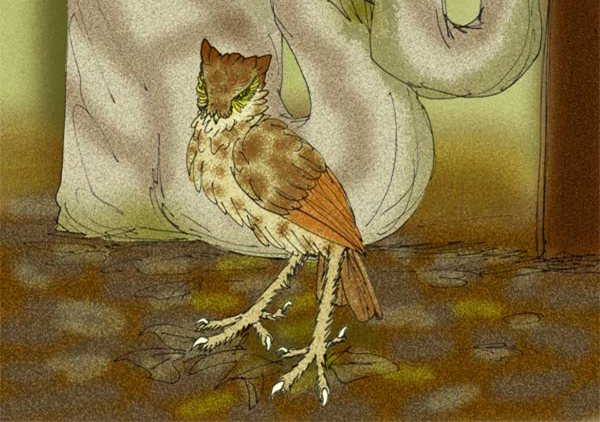
Sophiornis quercynus (Src: Stanton Fink)
Protostrigidae
- Eostrix mimica, E. martinellii, E. tsaganica, E. vincenti (Eocene Mongolia, US, UK)
- Minerva leptosteus, M. antiqua, M. californiensis, M. lydekkeri, M. saurodosis (Eocene US)
- Oligostrix rupelensis (Oligocene Germany)
Palaeoglaucidae
- Palaeoglaux perrierensis, P. artophoron (Eocene Germany, France)

Palaeoglaux artophoron (Src: Alphynix)
Heterostrigidae
- Heterostrix tatsinensis (Oligocene Mongolia)
Discussion
The earliest records of owls date from the late Palaeocene; this is consistent with a mid-Palaeocene origin as predicted by molecular phylogenies (e.g. Prum et al., 2015). The majority of stem-lineages existed during the Eocene (although it is possible that this represents taphonomic bias).
Such taphonomic bias is rather evident here. Notice that Heterostrix tatsinensis and Eostrix tsaganica are the only two fossil stem-group owls known from the entirety of the Palaeogene in Asia.

Palaeoglaux artophoron (Src: Senckenberg Museum)
A characteristic trait of modern owls is their “semi-zygodactyl” feet, which allow them to swivel their fourth toe backwards. A number of extinct owls appear to have had equally - or even more - flexible feet, with Ogyptonyx and Heterostrix also having a highly mobile second toe (Kurochkin & Dyke, 2011). It seems that the evolution of owl feet was strongly influenced by perching or prey capture (Mourer-Chauvire, 1994).
Strigidae (outside of crown taxa)
Extant genera
- Aegolius funereus (Pliocene Poland)
- Asio brevipes, A. flammeus, A. longaevus, A. priscus, A. pygmaeus (Mio-Pleistocene Poland, Ukraine, US)
- Athene angelis, A. cretensis, A. cunicularia, A. megalopeza, A. noctua, A. trinacriae, A.
vallgornerensis
(Pleistocene France, Greece, Spain, US)

Athene cretensis (Src: Deim0nAx)
- Bubo binagadensis, B. bubo, B. florianae, B. insularis, B. leakeyae, B. osvaldoi, B. perpasta (Mio-Pleistocene Azerbijan, France, Hungary, Italy, Tanzania)
- Glaucidium baranensis, G. explorator, G. kurochkini, G. passerinum (Plio-Pleistocene Hungary, Romania, US)
- Grallistrix auceps, G. erdmani, G. geleches, G. orion (Holocene US)
- Mascarenotus grucheti, M. murivorus, M. sauzieri (Holocene Mauritius, Reunion Island)
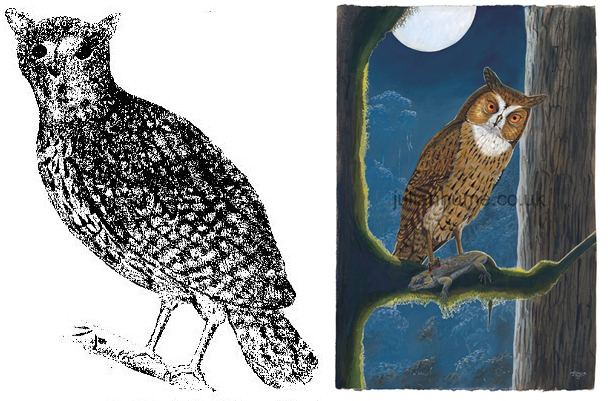
Mascarenotus sauzieri (Src: Emile Oustalet, Julian Hume)
- Nyctea scandiaca (Pleistocene France)
- Otus guildayi, O. scops, O. wintershofensis (Mio-Pleistocene Germany, Spain, US)
- Pulsatrix arredondoi (Pleistocene Cuba)
- Strix aluco, S. dakota, S. edwardsi, S. intermedia (Mio-Pleistocene Czech Republic, France, Hungary, US)

Strix aluco (Src: Mark Hamblin)
- Surnia capeki, S. robusta (Plio-Pleistocene Czech Republic, Hungary)
Fossil genera
- Alasio collongensis (Miocene France)
- Asphaltoglaux cecileae (Pleistocene US)
- Mioglaux poirrieri, M. debellatrix (Miocene Czech Republic, France)
- Oraristrix brea (Pleistocene US)
- Ornimegalonyx oteroi, O. acevedoi, O. gigas, O. minor (Pleistocene Cuba)

Ornimegalonyx sp. (Src: Alphynix)
Discussion
Strigid owls, mostly large and flightless, appeared to have been an important component of Pleistocene insular environments (Arredondo, 1976; Feduccia, 1999; Guerra et al., 2011; Campbell & Bochenski, 2010):
- Ornimegalonyx spp. (famously the subject of that recent potoo hoax), a giant cursorial owl feeding on rodents and small sloths
- The recently extinct Mascarenotus, which was entirely insular and consisted of both typical strigids as well as long-legged taxa
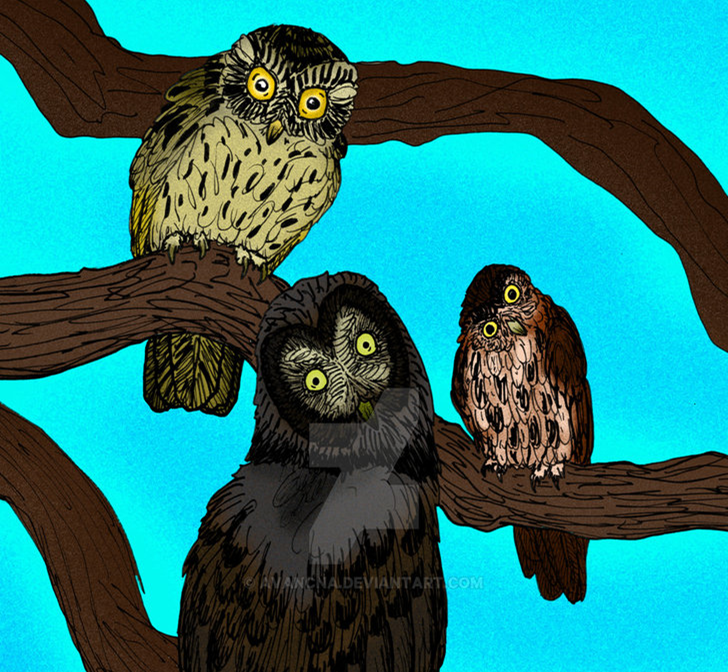
Asphaltoglaux cecileae, Oraristrix brea, Glaucidium kurochkini (Src: Stanton Fink)
- The four Mediterranean species of Athene - the short-legged A. angelis and A. vallgornerensis, and the long-legged A. cretensis and A. trinacriae, which like Ornimegalonyx were also probably quite cursorial
- The long-legged subfossil Grallistrix, known as stilt-owls, of Hawaii
- While not insular, Oraristrix appears to have been convergently large and long-legged as well
Tytonidae
Extant genera
- “Strix” ignota (Miocene France)

Clockwise from top: Tyto robusta, Ornimegalonyx oteroi, Tyto gigantea, Circus eylesi (Src: Robin Liesens)
- Tyto alba, T. balearica, T. cavatica, T. gigantea, T. jinniushanensis,
T. letocarti, T. mourerchauvireae, T. neddi, T. noeli, T. ostologa, T. pollens, T. riveroi, T. robusta, T. sanctialbani (Mio-Holocene Bahamas, Barbuda Island, China, Cuba, France, Haiti, Hungary, Italy, Malta, New Caledonia, Puerto Rico, Spain)
Fossil genera
- Basityto rummeli (Miocene Germany)
- Necrobyas arvernensis, N. edwardsi, N. harpax, N. medius, N. minimus, N. rossignoli (Eo-Oligocene France)
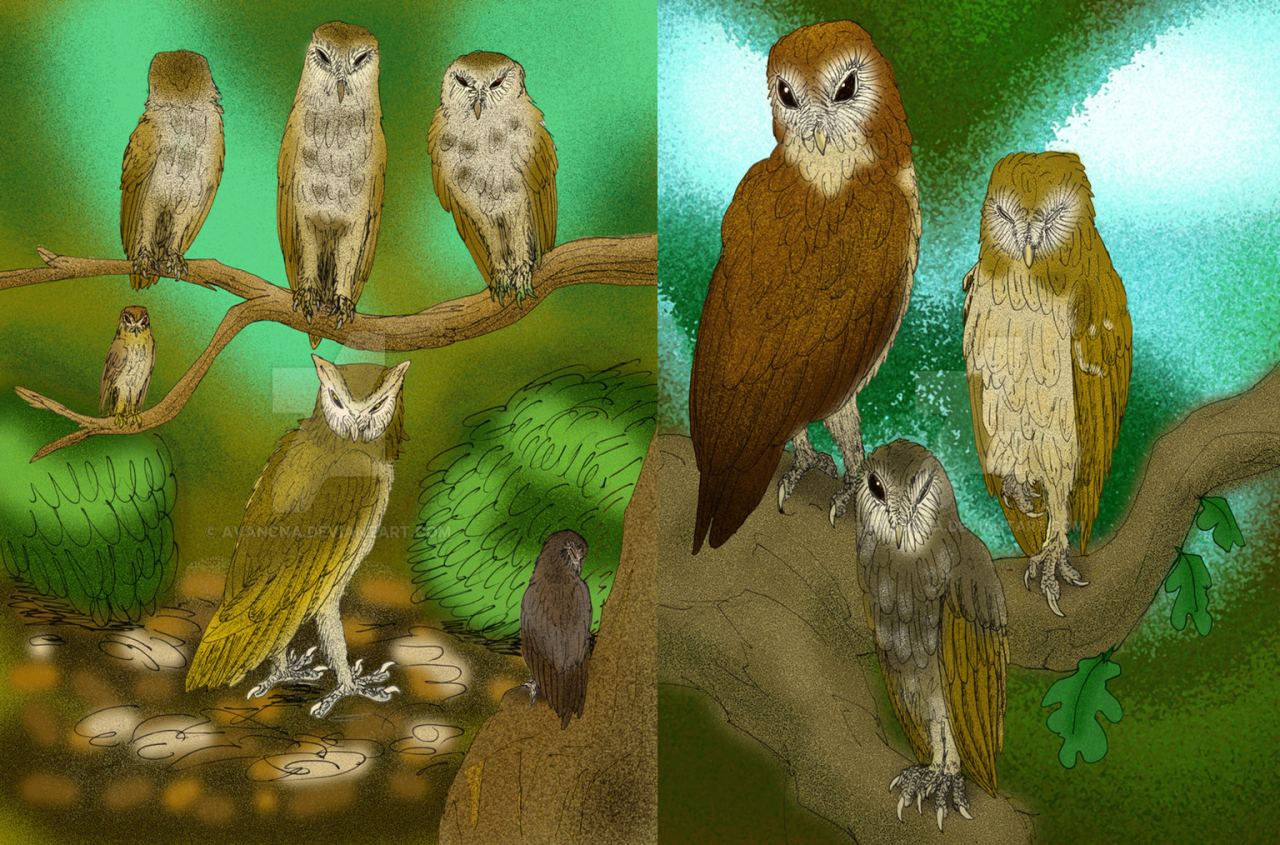
From top left: Necrobyas arvernensis, N. edwardsi, N. harpax, N. rossignoli, N. medius, Sophiornis quercynus, and N. minimus (Src: Stanton Fink, Stanton Fink)
- Nocturavis incerta (Eo-Oligocene France)
- Prosybris antiqua (Miocene France)
- Selenornis henrici, S. steendorpensis (Eo-Oligocene Belgium, France)
Discussion
Continuing with the topic of giant insular owls, Tyto noeli and Tyto riveroi are also quite large (Arredondo, 1976), as are T. gigantea and T. robusta from Gargano (Ballmann, 1973). Overall, many Tyto species seem to have inhabited islands.
Some consider Basityto a crane (e.g. Mourer-Chauvire, 2001).
Necrobyas literally means “dead owl”. I know, creative.
